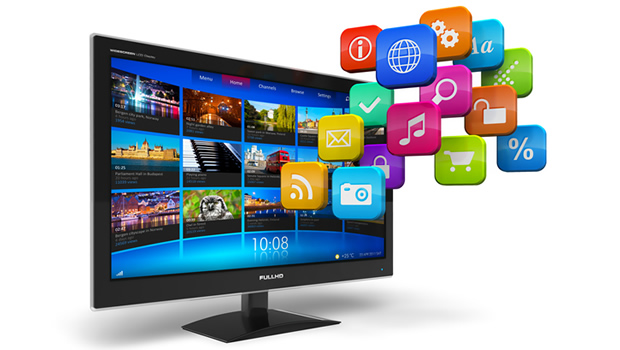This month’s Big Question from the Learning Circuits blog asks:
If you peer inside an organization in 10 years time and you look at how workplace learning is being supported by that organization, what will you see? …
One could consider the topic from a sci-fi viewpoint; learning modules à la MATRIX – like Trinity asking Tank to run the training program for a B-212 helicopter. Well, we aren’t quite there yet. Thankfully!
To respond to the Big Question, I put on my futurist glasses, set them to 10 years forward, and this is what I see:
| 1. | In organizations 2.0, a large proportion of employees (aka consultants) work from home. Thanks to technologies like Cisco TelePresence, there is no need for an office. Offices still exist, but as a place to meet and socialize. Other organizations still have a large proportion of employees working from offices, more often than not due to the constraint imposed by the type of business they are in – like car manufacturers. We will of course, still need cars in 2019. |
| 2. | Employees are ‘responsible’ for their own work and any learning required for completing their tasks. So most learning is pull-learning while push-learning still exists for compliance and regulatory training. Learning is part of the job, truly just-in-time and work-flow based. |
| 3. | Content is available in different formats: mini-courses, podcasts, videos, blogs, corporate-wikis, thought leader blogs (internal and external). The workforce demographics have changed and games and simulations have become the preferred mode of learning. Nintendo has emerged as the largest game-based learning solutions company. They supply pre-packaged and self-customizable games to the corporate world. |
| 4. | The visions of devices Microsoft and Nokia articulated a decade back are now a reality. Employees wear PDA-type devices which give them a sixth sense – a combination of computers and mobile phones which make work and learning on the move truly possible. The device is all encompassing – bringing together the Internet, phone, virtual worlds, and cloud-computing. The device stores learner data like knowledge, skills, and competence. Depending on the current task being performed, the device suggests content to be read or worked with – in true EPSS style. The device even holds a personal virtual agent to help and guide the employee should there be a need. The employee can choose to voice activate the agent in human language for things that she is thinking about and that are not anticipated by the agent on the device. |
| 5. | Collaboration has reached very high levels – it’s now seamless with any work you do. Hierarchies have been pretty much trashed. Wirearchy rules. Employees with the intellect and power to innovate are regarded as thought leaders and assume power in the organization by virtue of those. They all have company-supported, individual blogs aimed at educating partners and customers. |
| 6. | Training departments are quite small and are known as performance support units. Their key responsibility is to ensure performance by making frameworks, systems, and content available. They do lots of analysis with internal data and trends on employee performance and correlate this with employee skills and knowledge to ensure essential learning content elements are available in the organization. As most learning content is generated during work processes themselves and is captured and structured into searchable repositories by the Knowledge Management engine, their tasks are much lesser on this front. |
Let me now take off the futuristic glasses and add some caveats:
I would imagine less than 50% of organizations would be considered under a ‘organization 2.0’ category. So we will continue to see ILT, eLearning courses (some of them page turners), and all the other stuff that we see today. These organizations would still have large training departments that create and deliver push-learning.
This post has been influenced by some of the responses to the LC Big Question and also some other articles on the web, all of which are not possible to attribute to at this time. However, ones I would like to specifically mention are the genesis of training and its future directions covered by Harold and Jay in their post.
I read somewhere that in predicting the future you could be “directionally right but specifically wrong”. I hope this one is at least directionally correct. Only time will tell.



















